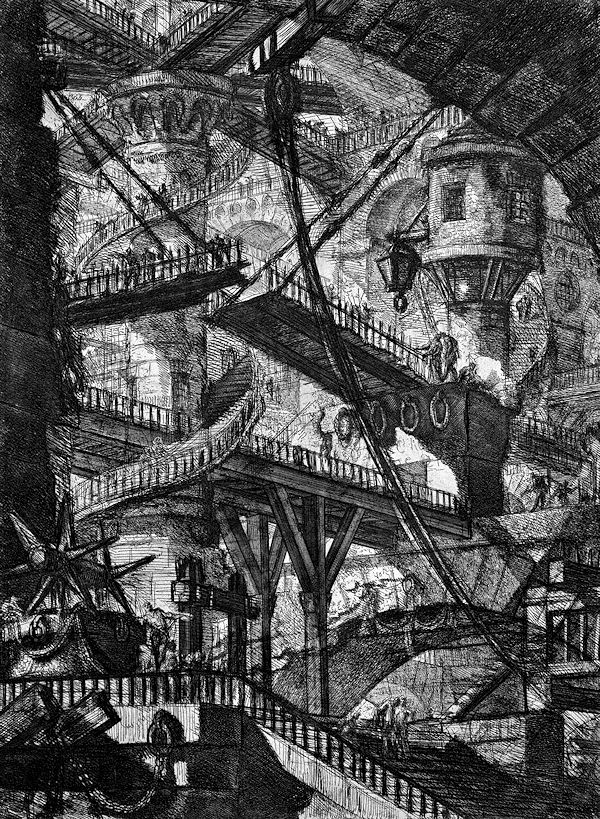LeDeuzzy, Q. | The first entropic artist was... |
Entropy attracted artists well before the 1960s, when Robert Smithson made it his motto, and many took it up after him, In the hands of these artists, entropy operates in various ways: by degradation, by redundancy, by accumulation, infinite profusion, by inversion, by tearing, by lack of elasticity, by the invasion of "noise" into the message, by wear and tear, but also by under-usage or nonconsumption. Entropy is a sinking, a spoiling, but perhaps also an irrecoverable waste. The first entropic artist was Giambattista Piranesi, about whom Henry-Charles Puech says:
|
| 37. Henry-Charles Puech, "Les 'Prisons' de Jean Baptiste Piranesi," Documents2 (1930), no, 4, p. 204. Thinking in particular of his Pianta di ampio magnifico collegio and of the famous plan of the Campo Marzio dell'antica Roma. Manfredo tafuri would characterize Piranesi's work as "an architectural banquet of nausea, an empty dictionary created by an excess of visual noise" (Tafuri, "'The Wicked Architect': D.B. Piranesi, Heterotopia, and the Voyage," in The Sphere and the Labyrinth [Cambridge, MA: MIT Press, 1987], p. 35). |
1994.11.30 |
1994.11.30 |
1995.08.08 |
1995.12.12 |
1997.05.15 |
Quondam © 2019.10.29 |
